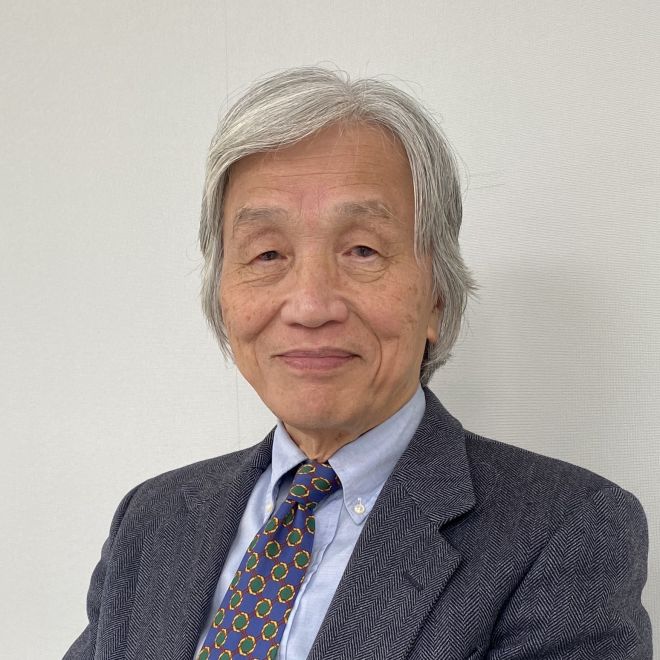Dr Masato Sagawa has been awarded the 2022 Queen Elizabeth Prize for Engineering for the discovery, development and global commercialization of the world’s most powerful permanent magnet, which has been transformational in its contribution towards enabling cleaner, energy saving technologies.
Permanent magnet technologies have been progressively developed since the 18th Century, but it was in the late 1960s that a step change was achieved through the invention of high-performance cobalt-based rare-earth magnets (samarium-cobalt). However, their high cost and limited natural resources restricted them to niche applications.
Dr Masato Sagawa pioneered the development of a sintered rare-earth permanent magnet, the sintered neodymium-iron-boron (Nd-Fe-B) magnet. Sagawa’s breakthrough innovation was his creation of a new compound formed by replacing the scarce and expensive cobalt & samarium with more abundant and cheaper iron & neodymium, and at the same time introducing boron to improve the magnetic properties – the first step in delivering high performance to a mass market.
Sagawa then led research and development in the 1980s and early 1990s to successfully overcome the issues of sudden reduction of magnetic coercivity at high temperature, most notably by adding dysprosium (Dy) to improve heat resistance. This resulted in the development of high-volume manufacturing techniques which successfully commercialized his innovation. For even wider applications, he continued further successful development of novel techniques for reducing the amount of Dy or even eliminating the usage of Dy to help preserve natural resources.
The result was a new magnet for the mass market that almost doubled the performance of the previous best and successfully turned Nd-Fe-B magnets into a viable industrial material with wide applications. The new magnet has a significant advantage in high-efficiency and high-torque density applications, such as motors and generators for electric vehicles and wind power generation, and in more general applications where small powerful magnets are required, including robots, automation systems and domestic appliances.



